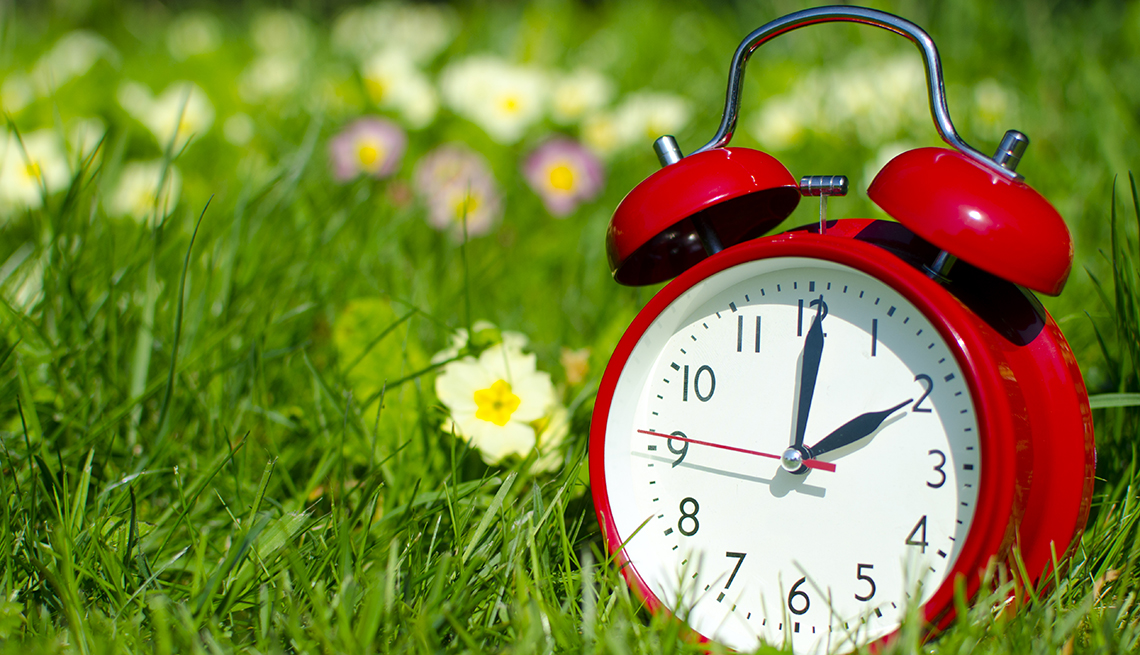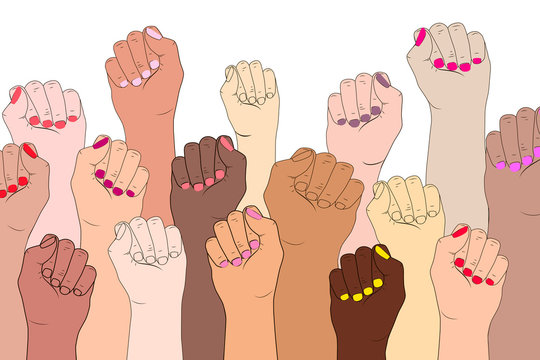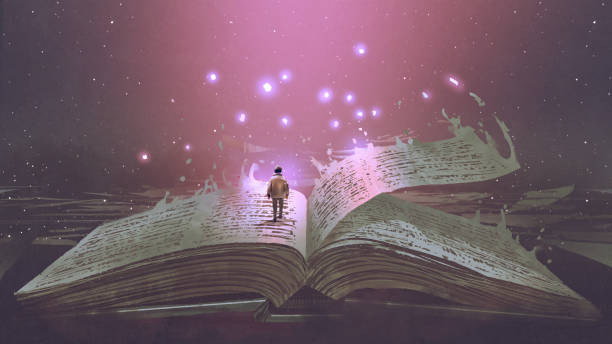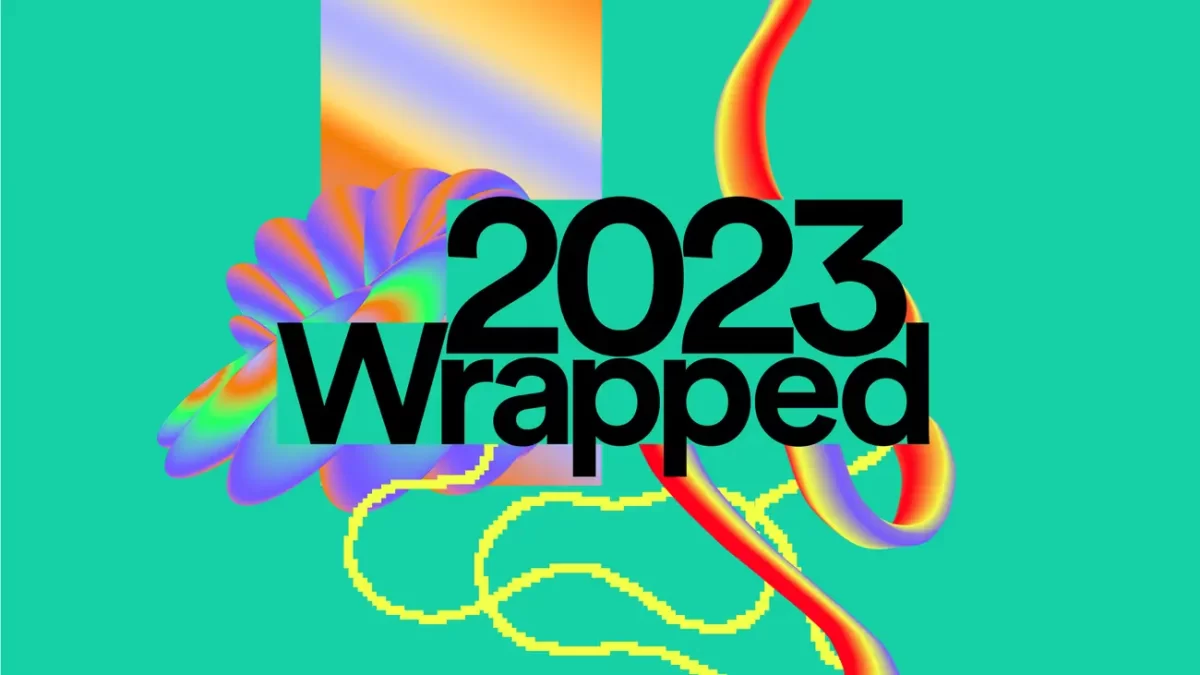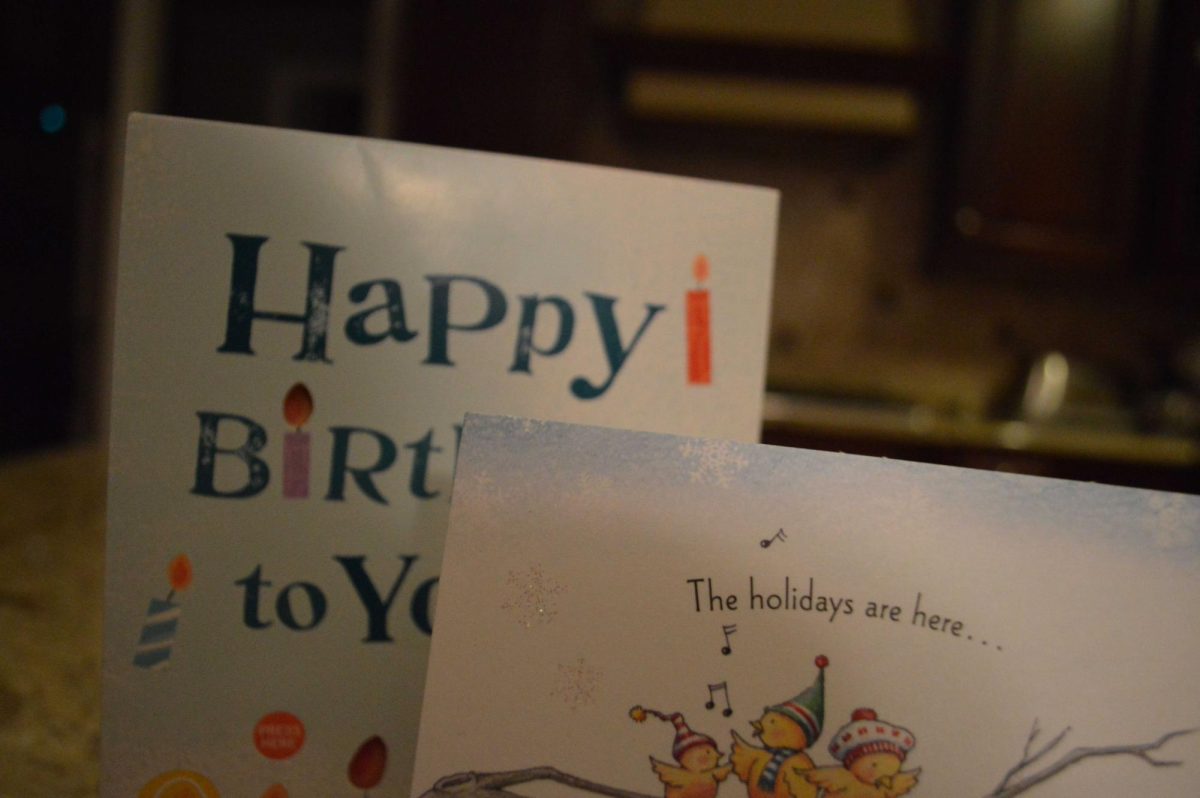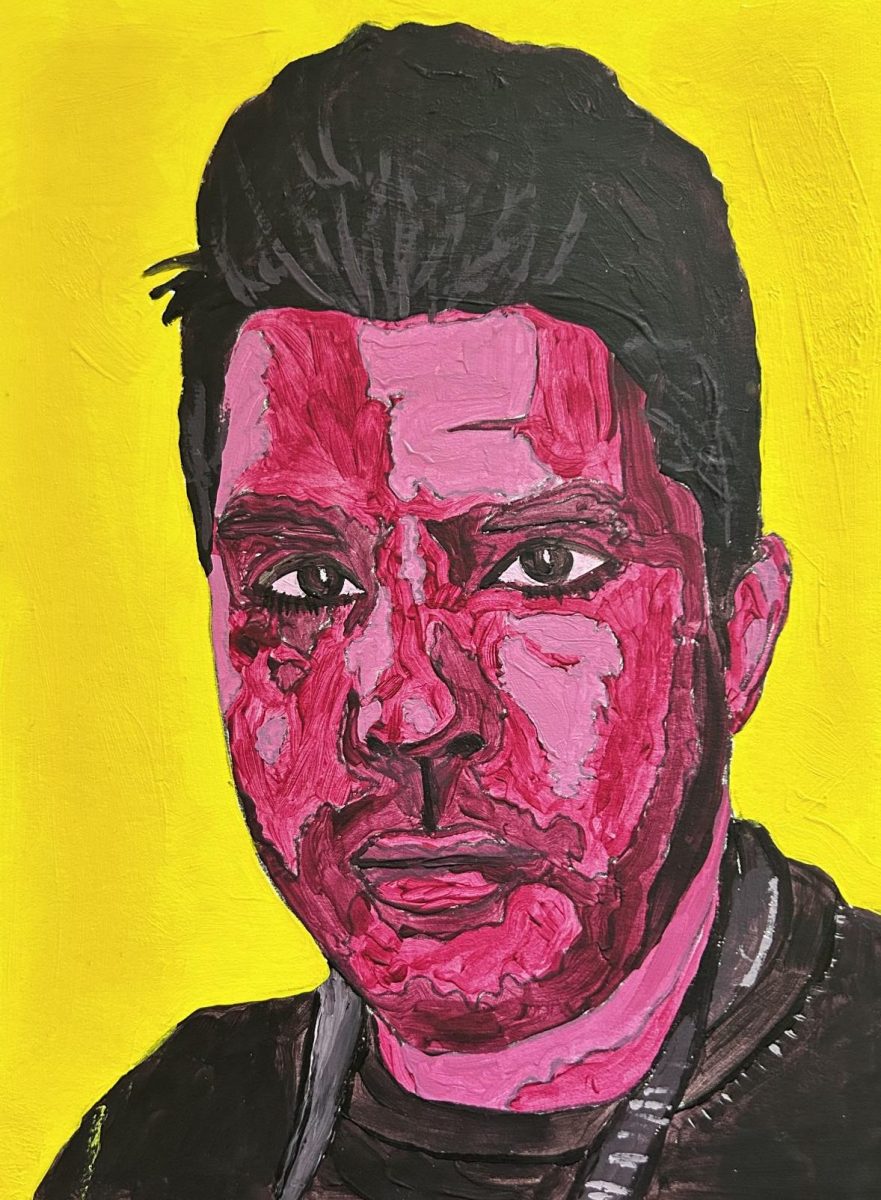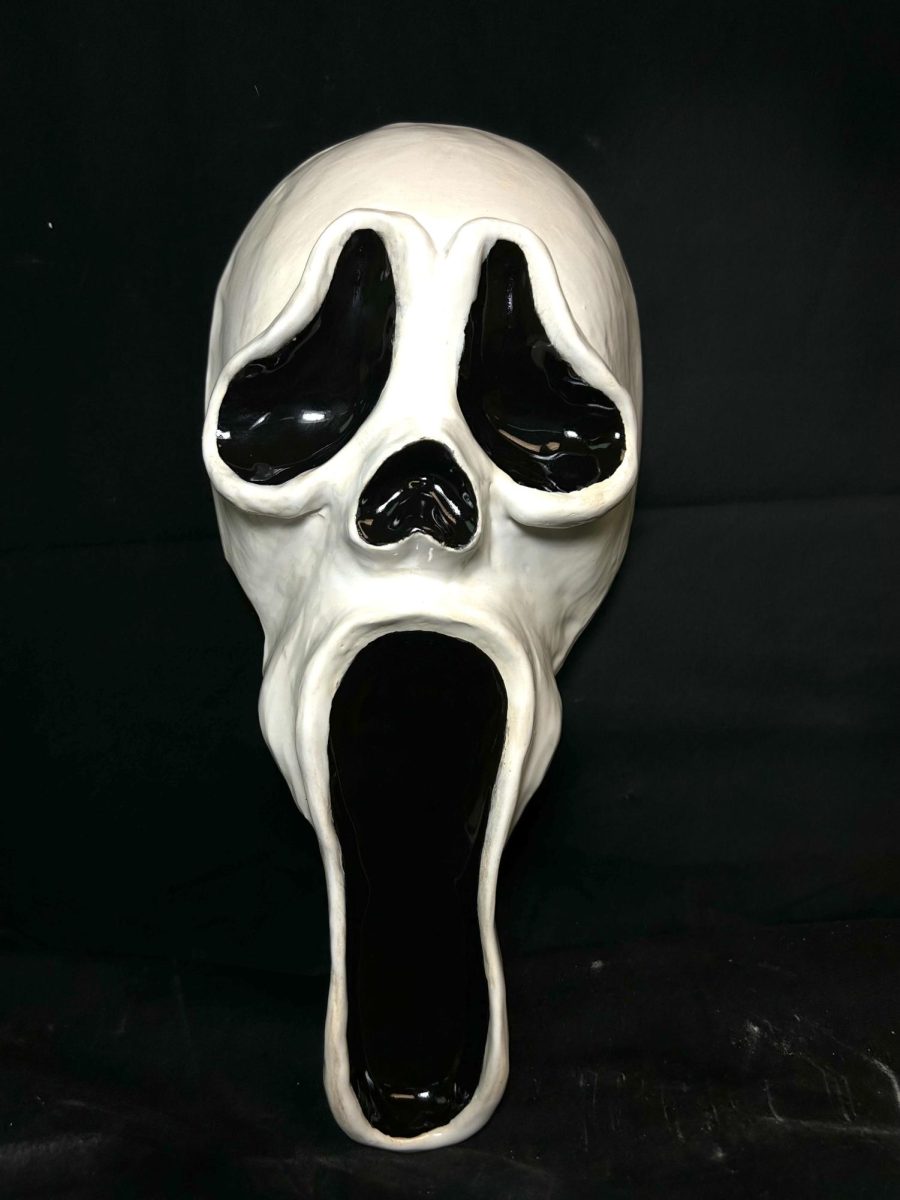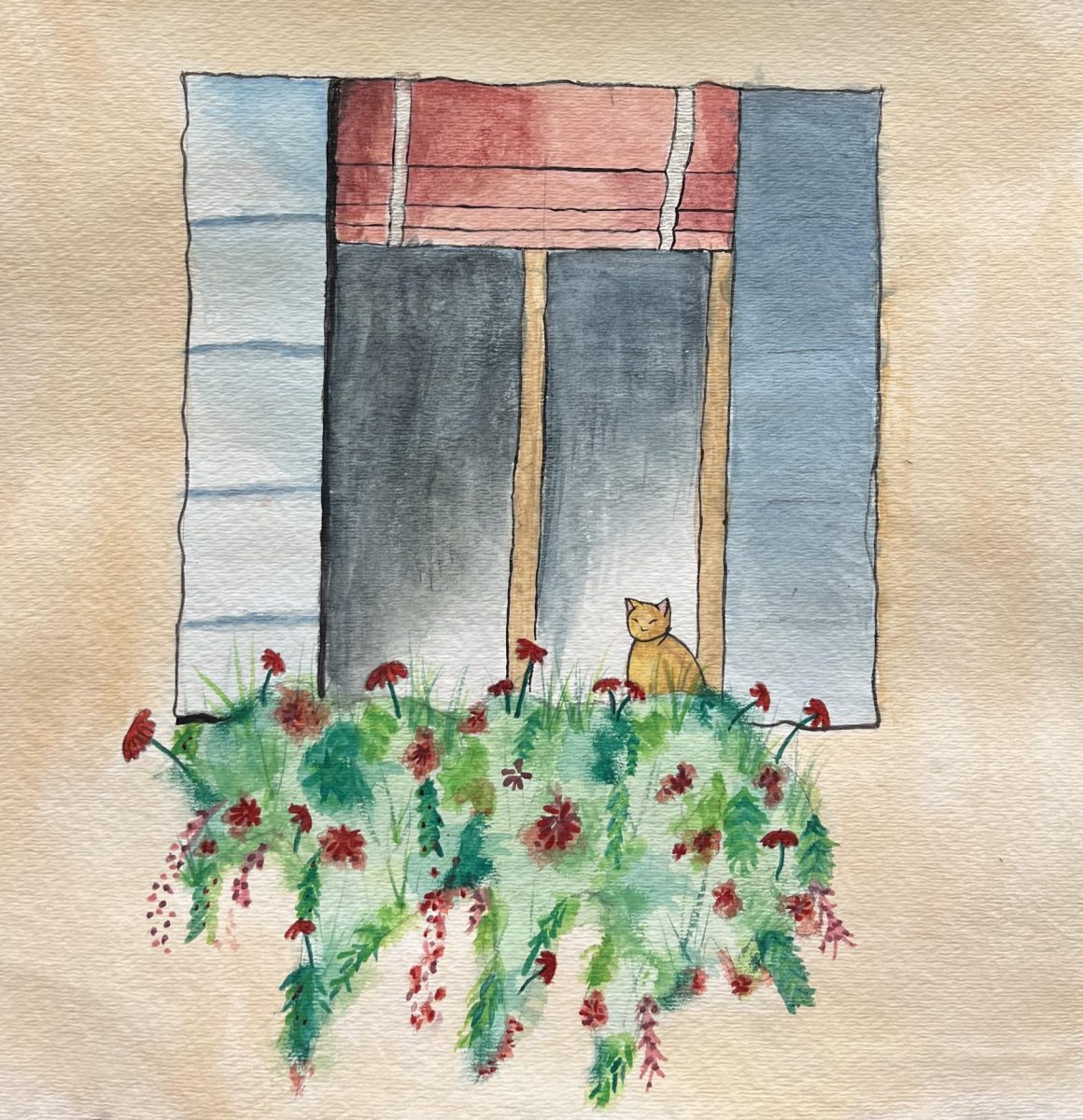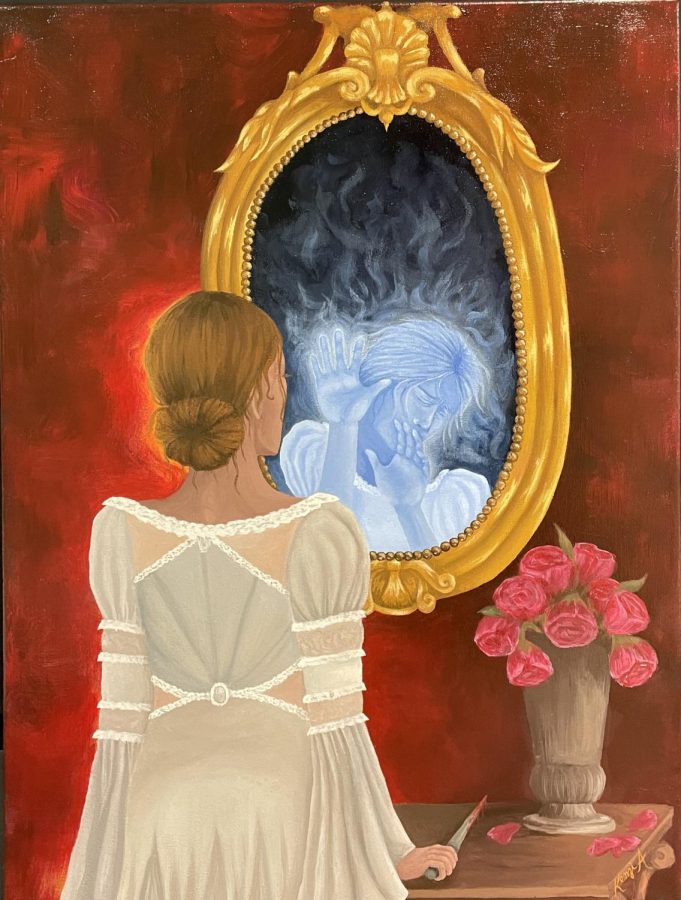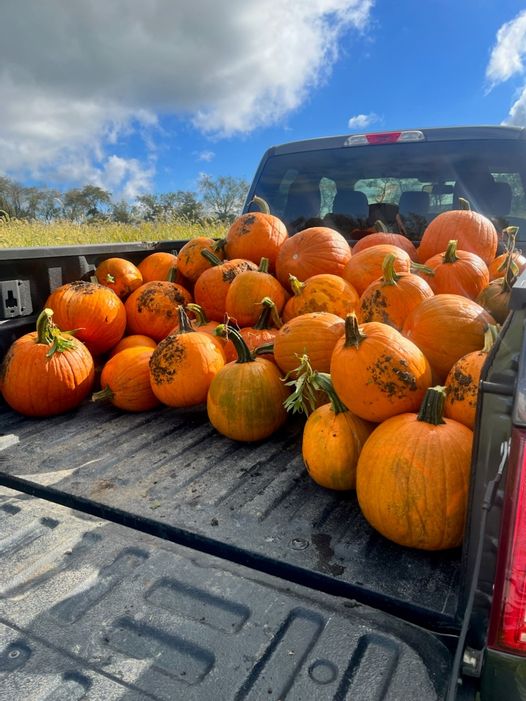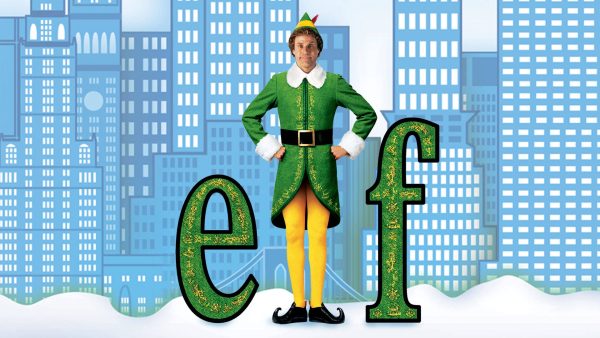The Holiday Joy?
The holiday spirit can physically alter your mood, but also increase Christmas cheer.
The four-week stretch from Thanksgiving break to Christmas break seems to carry on for months. This time is filled with fun activities, anticipation, and excitement for the holidays. Yet on the other hand, these four weeks are being filled with an overload of assignments, projects, and tests. This is perceived as “crunch time,” trying to finish units in every single class before break.
Some see the relief in stuffing in all this work prior to break. The advantages of these four weeks of stress will provide students with a whole week of not having to do any studying or assignments. This creates the perfect strategy for complete relaxation and a stress-free break.
But is it fair to set kids up for intense levels of stress right before the holidays?
According to a survey conducted by the American Psychological Association, 1,018 teenagers participated saying that they experienced high levels of stress leading them to be overwhelmed and even depressed. 83% of those teens say that school is the leading factor to these emotions. 23% of those teens expressed how their stress was extreme during the school year, and in the summer, that number dropped by 10%.
A reason for these large numbers found in teens is that they struggle to cope and manage their stress. With exercise being the number one stress reliever, teens mostly rely on other, more relevant, means to distract themselves from their feelings, such as video games or scrolling through Tik Tok.
When becoming so flooded with stress, depression, or any intrusive thoughts, teens tend to withdraw and isolate themselves. Not finding joy in activities in which they would normally participate in, not going out as much, and simply being disconnected from the world around them.
Christmas provides students with the mid-school year relief that they need.
Not only does the time off from the work and pressures of high school help to aid their stress, but the Christmas holiday itself has been proven to physically alter moods and provide joy.
Psychologist Deborah Serani expresses how decorating “create[s] that neurological shift that can produce happiness,” and how it will “spike dopamine, a feel-good hormone.” Associating Santa, snowmen, colorful lights, and reindeer to physically happy feelings amplifies the joy around the holidays.
Psychoanalyst Steve McKeown touches on stress’s relation to Christmas. McKeown says, “in a world full of stress and anxiety people like to associate to things that make them happy, and Christmas decorations evoke those strong feelings of the childhood.” The holiday season tends to spike nostalgia leading people to focus on past memories of Christmas rather than to focus on the stressors currently relevant in their lives.
Yet while the majority of the population seeks Christmas to lighten their mood, some try to avoid it altogether. Psychologist Dr. Pamela Rutledge explains that the feeling of cheer is not always guaranteed at the time of Christmas. There is a social standard of what Christmas should look like, and just like most things in society today, creates an unrealistic expectation of what the holiday season “should” look like. Instead of focusing on all the things you don’t have though, Dr. Rutledge suggests for everyone to be appreciative for what they do have and adjust expectations accordingly to fit their personal situations.
While the hustle and bustle of Christmas shopping and gift wrapping is a lot of work, the holiday season is a good time to sit back and enjoy the temporary break from the daily routine that consumes our lives.

Abigail is a senior writer for the Station. She is the president of Spanish National Honor Society and participates in other clubs such as Interact and...


